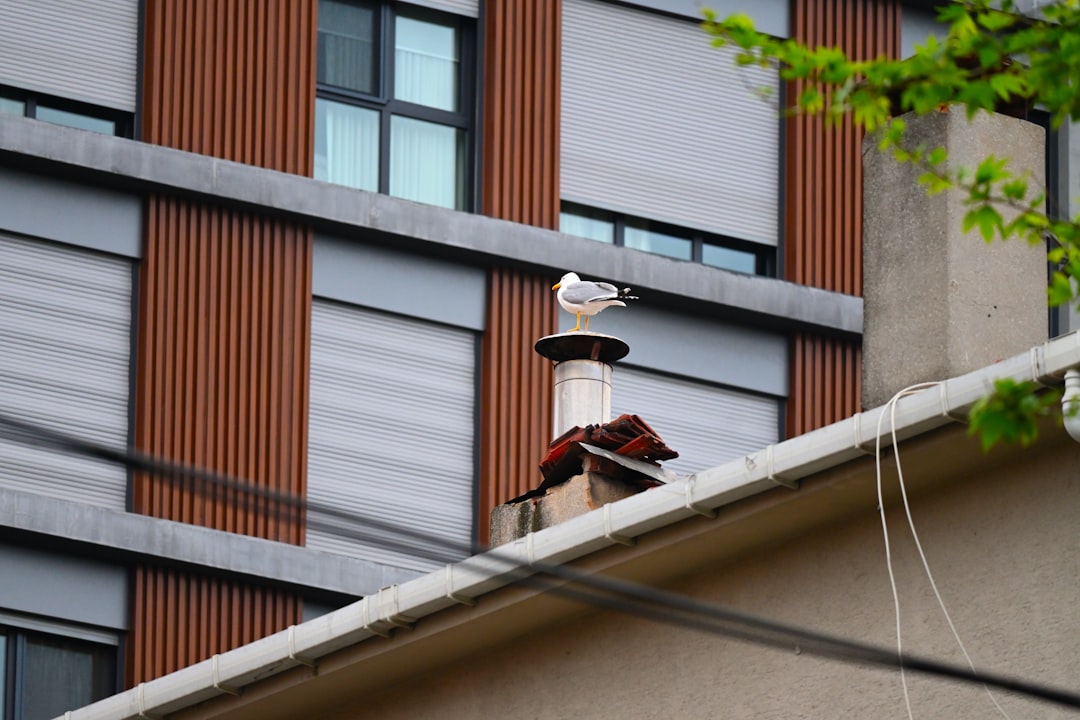Understanding the Importance of Vent Hood Installation in Residential Construction
Proper vent hood installation is essential for ensuring fresh air, maintaining comfortable temperatures, and meeting code compliance in modern kitchens. A well-installed vent hood not only removes smoke and odors but also protects cabinetry from grease, extends appliance life, and increases home value. Installation costs typically range from $650 to $1200 per opening, depending on complexity and materials.
Optimized Approach for Vent Hood Installation
1. Smart Planning
Utilize advanced cloud platforms to generate real-time material lists and labor hours, eliminating guesswork.
2. Precision Takeoffs
Upload blueprints or capture them via phone. AI technology detects wall types, cabinet heights, and duct paths, ensuring optimal hood and duct sizing.
3. Skilled Execution
Certified installers follow detailed digital work orders, ensuring compliance with local codes.
Key Considerations for Residential Vent Hood Installation
- Location: Island hoods require larger capture areas than wall-mounted models.
- CFM Requirements: Open-concept kitchens often need higher airflow.
- Duct Routing: Short, straight runs minimize noise and energy loss.
- Make-Up Air: Required for hoods over 400 CFM in many jurisdictions.
- Electrical: Dedicated circuits and proper disconnects prevent issues.
Step-by-Step Installation Process
- Virtual Walk-Through: Discuss style, cooking habits, and preferences.
- AI Estimate Generation: Receive a transparent proposal with materials, tasks, and costs.
- Permit Prep: Assemble code data sheets and submit drawings if required.
- Site Preparation: Protect surfaces and mark duct centerlines.
- Cut & Brace: Cut drywall or cabinet backs and install blocking.
- Duct & Electrical Rough-In: Run rigid metal duct to the exterior and pull wiring.
- Hood Mounting: Level, secure, and connect the unit to duct and power.
- Commissioning: Test airflow, insert filters, and complete homeowner orientation.
Preventing Common Installation Pitfalls
- Undersized Ducts: Software flags runs exceeding 0.1 in. w.c. static pressure.
- Structural Conflicts: AI detects joists or beams to avoid surprises.
- Inadequate Clearances: Check manufacturer specs against cooktop BTU output.
Why Builders Prefer Professional Installation
- Rapid Voice Estimates: Receive pricing on-site.
- Integrated Scheduling: Syncs with project calendars to reduce downtime.
- Documented Quality: Photo checkpoints for client transparency.
- Scalable Teams: Assign the right crew size for any project.
Case Study: Midtown Brownstone Kitchen Upgrade
A client with a 1920s brownstone needed a high-CFM island hood without affecting the historic masonry. Our AI mapped joist direction and brick thickness, allowing a duct path that avoided structural beams.
Project Execution
- Laser-Accurate Takeoff: Mapped joist direction and brick thickness.
- Cost Certainty: Provided a line-item estimate before leaving the site.
- Minimal Disruption: Used low-vibration equipment to preserve the ceiling.
- Verified Performance: Achieved 640 CFM airflow, reducing odors.
Key Takeaways
- Early digital modeling prevents costly surprises.
- Real-time pricing builds trust and speeds decisions.
- Balanced make-up air is crucial for powerful hoods.
Next Steps
Ready to enhance your kitchen's ventilation? Upload your plans or start a voice session to receive a personalized installation roadmap.

